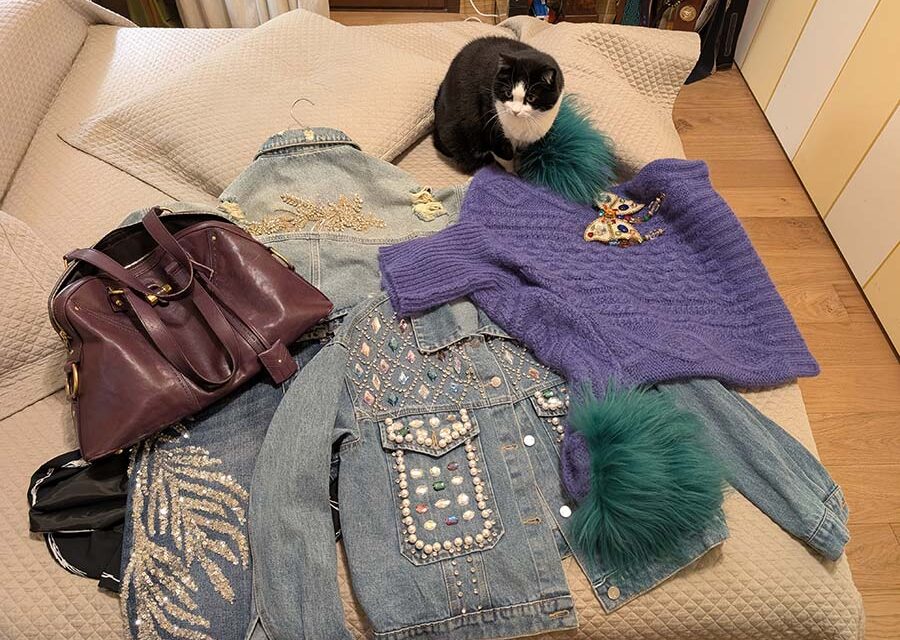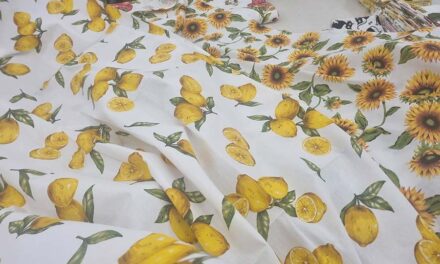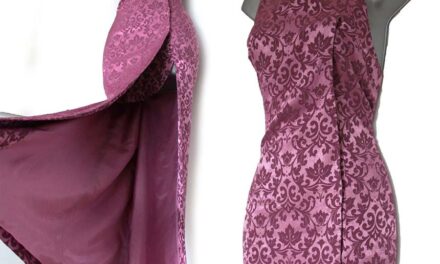There’s a certain irony in luxurious clothing becoming a bit of a playground for microscopic invaders, don’t you think? The mere idea that our meticulously curated wardrobes could also harbor an army of pathogens almost gives it that rebellious, hidden edge. Yet here we are, with scientific reminders that clothing is indeed a well-known carrier of all sorts of lurking germs.
Imagine my horror when I first discovered this reality. Those designer blazers, the ones draped in pure silk or decadent cashmere—might just come with invisible friends. Friends who, let’s say, aren’t exactly on my guest list.
Pathogens Are Sneaky
Let’s dive into the reality: pathogens are sneaky. They cling to clothing with more persistence than I cling to my favorite Dior scarf on a windy day in Rome. And if those clothes weren’t cleaned adequately before they landed in our wardrobes, the microbes from their past lives could still be hanging around, like guests who refuse to leave. It’s not just a little dust from a previous wear; we’re talking about a full-fledged microbiome. Now, I have an appreciation for vintage as much as the next opulence-loving woman, but I’d rather not inherit someone’s skin bacteria along with that rare Hermès find, thank you very much.
When it comes to second-hand treasures, the stakes only go up. Vintage clothing, especially the kind you’ll find in quaint Italian markets, has its charm. And while I adore hunting down these timeless gems, the thought of a previous owner’s unique skin bacteria lingering on that 1970s Chanel coat? It adds a layer of vintage I never asked for.
It’s not just “second-hand chic” that brings this bacterial burden; even new garments can come with more than their share of microbial party crashers.
Imagine all the hands that have touched that pristine silk blouse before it made its way into your grasp.
From the fabric mills to the sales racks, there are more steps than you’d think, each adding its own microscopic flavor. The truth is, clothes straight off the rack have a past, one that might be as storied as an old classic car but a bit less glamorous when you realize germs don’t need to pay for a ticket.
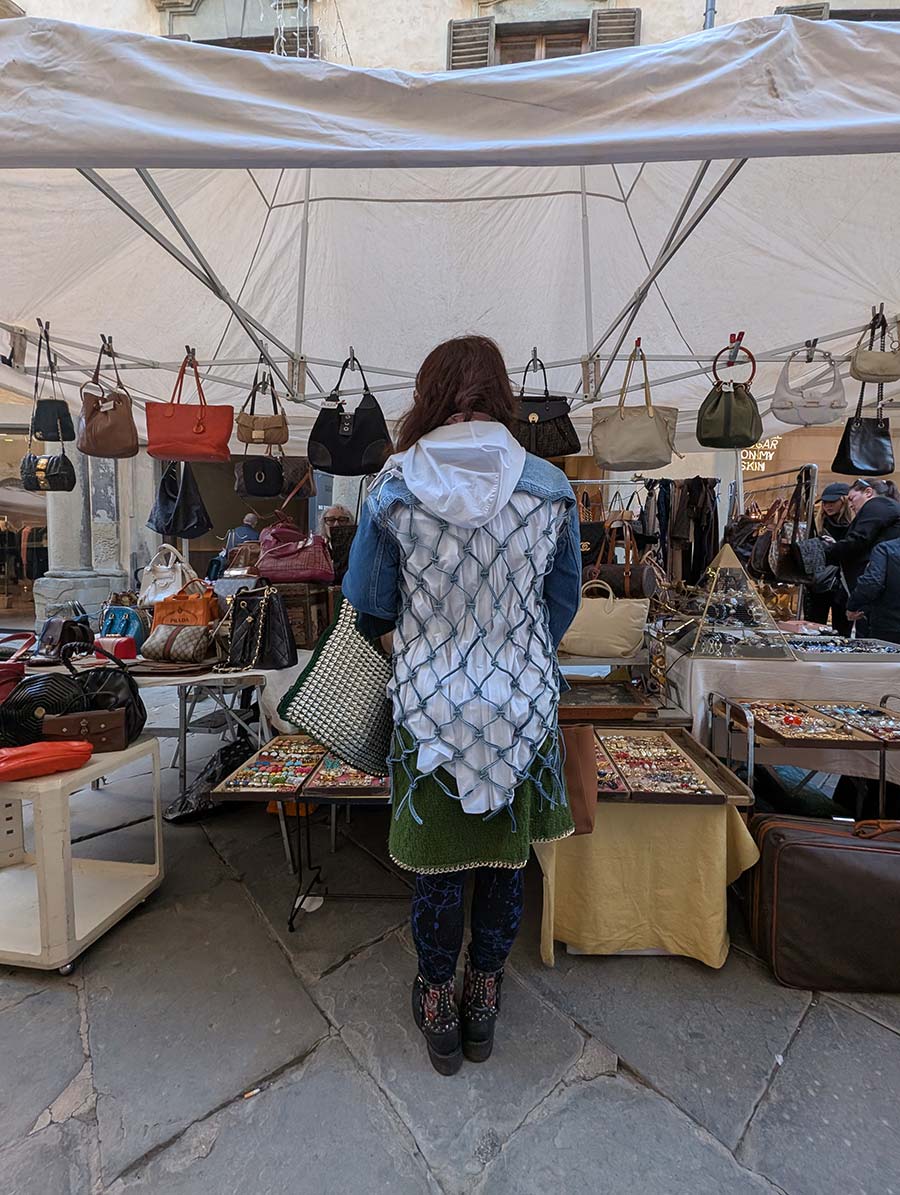
Wash When Buying New
Now, how do we deal with this conundrum without sacrificing our love for style? I’d start by saying: wash everything like you’re prepping for a royal inspection. Yes, even that silk Valentino number deserves a proper wash before it gets its debut on the evening stage. Hand-wash, steam, sanitize—treat it like it’s about to be served to the Queen herself. As any opulent lady knows, fine clothing requires care. And if that care includes eliminating the uninvited microbe or two, then all the better.
Let’s not forget the new age of “sustainable fashion” and the rise of pre-loved clothing. Eco-friendly choices are all the rage, with younger generations diving headfirst into thrift shops. And while I support the movement (my closet nods with approval to anything sustainably fabulous), I insist we face the facts: a used garment has seen things. Perhaps too many things.
You wouldn’t walk barefoot in a stranger’s shoes; so why don’t we think twice before wrapping ourselves in a stranger’s jacket without a thorough cleanse?

Invest In A Steamer
Steaming, my dear reader, is a miracle from above—one I swear by as devoutly as I do a fine vintage Pinot. It isn’t only for the rich and famous or those looking to achieve that perfect wrinkle-free finish. Steam kills many bacteria, reducing our chances of wearing a germ-laden garment. Add a gentle fabric spray with disinfecting properties, and you’ve got yourself a one-two punch against pathogens. And if you have access to an ultraviolet sanitizer, don’t even hesitate; it’s worth every penny.
For those with a penchant for the finer fabrics (silks, cashmeres, and the like), you’re in luck: these fabrics tend to naturally resist bacteria due to their structure. Not that this means you should abandon good hygiene practices, but it’s a comforting thought, knowing that my cherished silk doesn’t attract germs the way synthetic fabrics do.
Natural fibers offer not just luxury but a bit of germ-resistant flair.
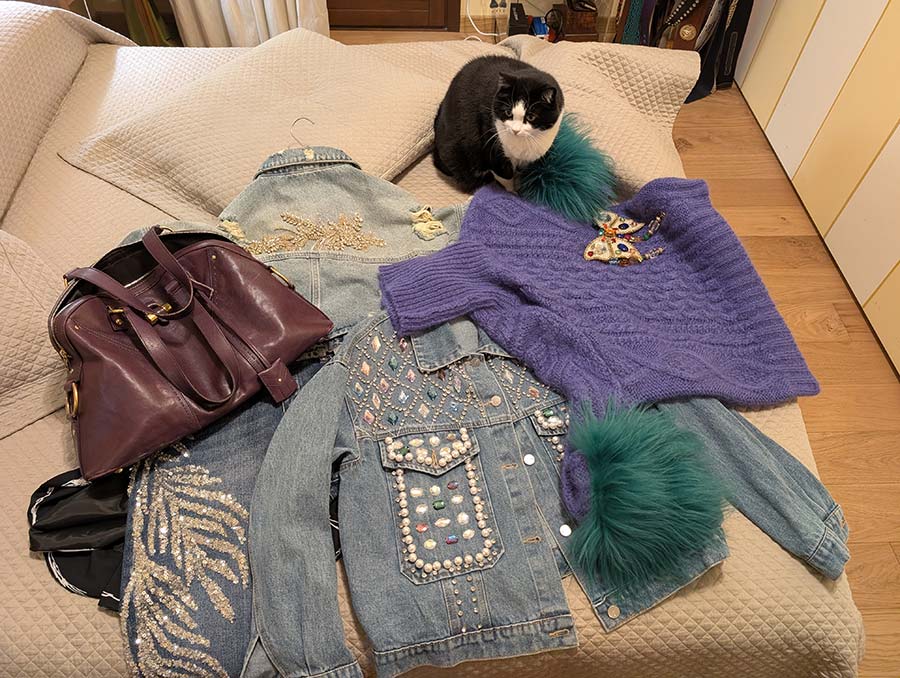
This whole discussion raises a rather amusing contradiction, doesn’t it? Here we are, obsessed with immaculate wardrobes and fabrics that cost as much as some people’s monthly rent, only to find ourselves foiled by bacteria. Yet that’s the hidden price of opulence: knowing how to navigate both luxury and cleanliness with finesse. And if it means investing in an extra dry-cleaning session or a home steam cleaner, so be it.
If you’re a seasoned luxury lover, perhaps you’ve already got the hang of disinfecting before flaunting. Maybe you’ve even built a ritual around it—who knew cleaning could become part of the glamour routine? There’s a certain satisfaction in knowing that, beyond mere appearances, you’re immaculately protected against unwanted guests. It’s not just about luxury; it’s about living it right.
So, while we continue to embrace clothing as an expression of who we are, let’s remember what we’re inviting into our wardrobes. Luxury is a mindset, and a well-cleaned garment is just as much a part of that mindset as the garment itself.

